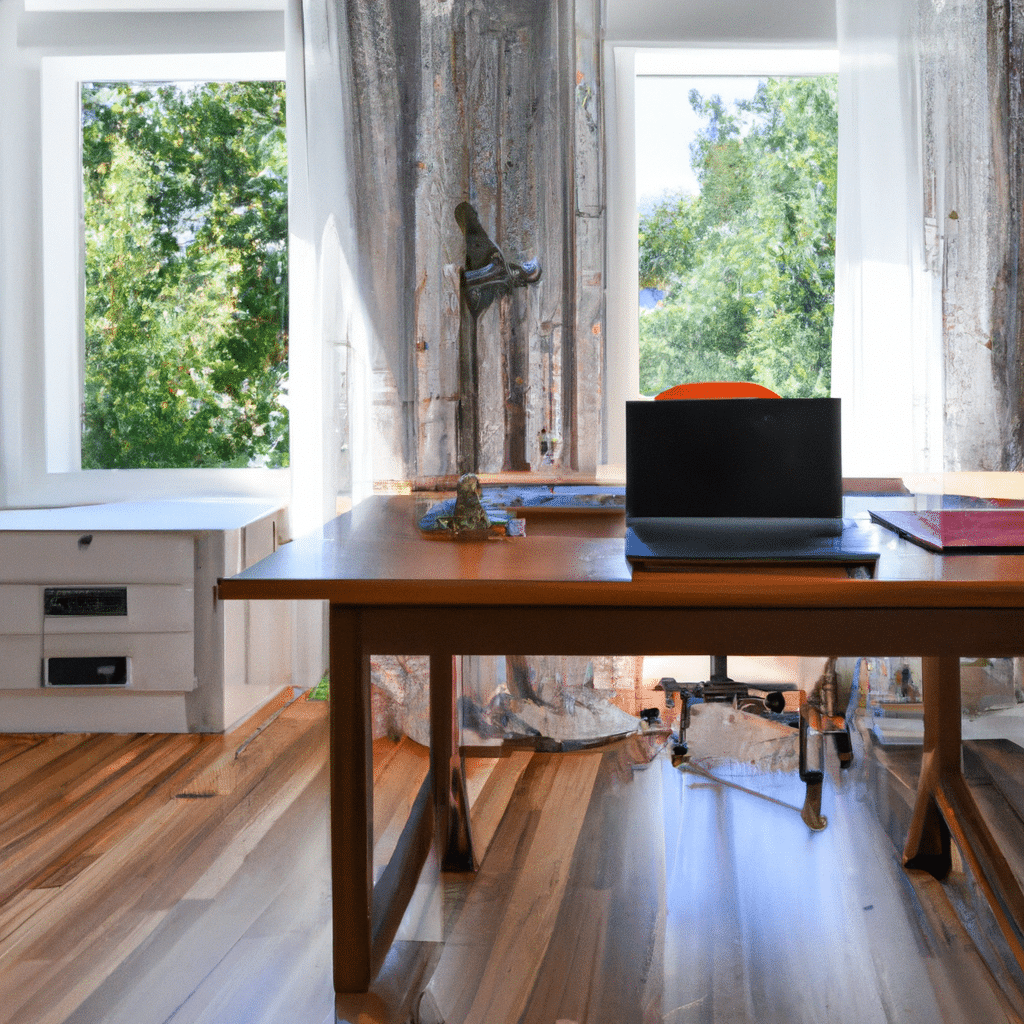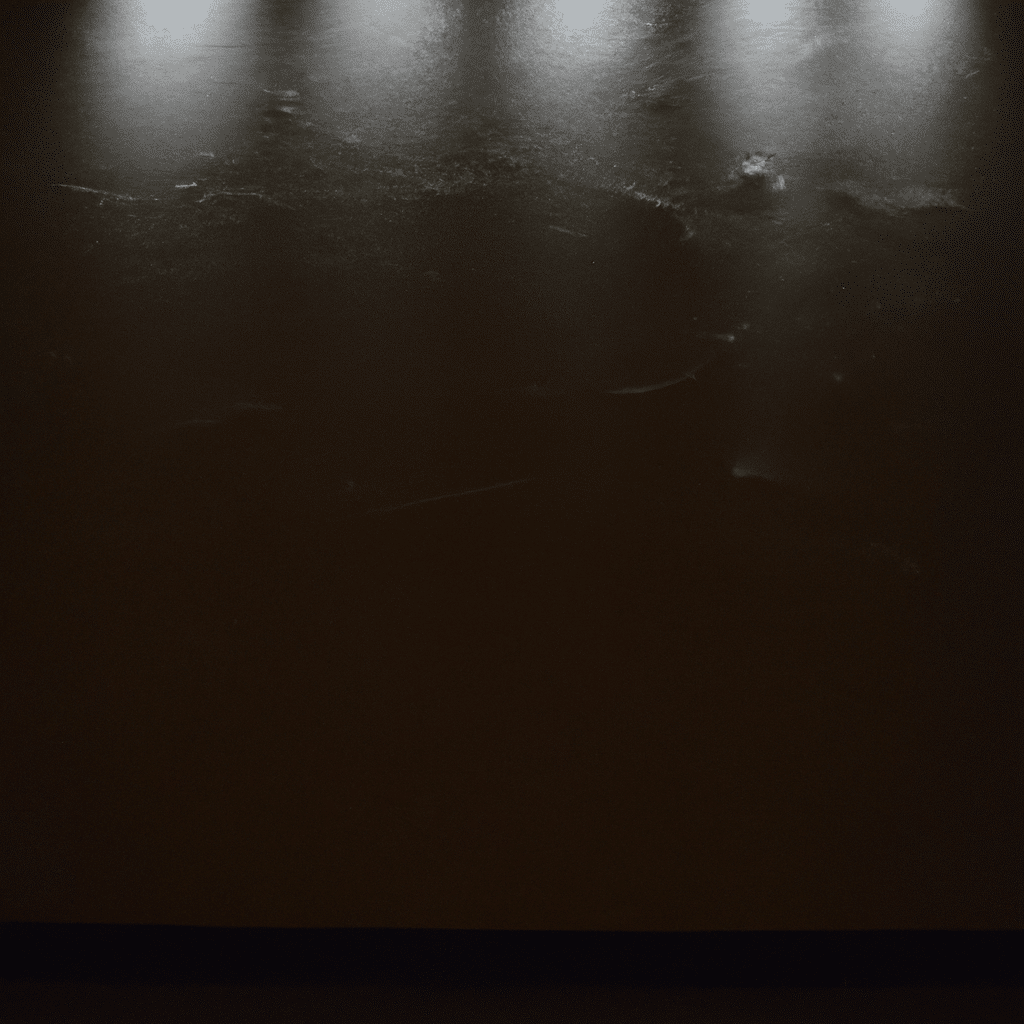
In today’s fast-paced digital world, more and more people are working from home. With the rise of remote work, creating a comfortable and productive home office environment has become essential. One often overlooked aspect of a home office setup is lighting. The right lighting choices can significantly impact your work productivity and overall well-being. In this article, we will explore how lighting can help you say goodbye to eye strain and enhance your home office experience.
The Importance of Good Lighting in Your Home Office
When setting up your home office, it’s easy to focus on furniture, technology, and decor, but lighting is equally crucial. Poor lighting can lead to eye strain, fatigue, headaches, and even long-term vision problems. On the other hand, proper lighting can improve your concentration, reduce eye fatigue, and boost your overall mood and productivity.
Natural Lighting: The Ideal Choice
One of the best lighting options for your home office is natural light. Natural light not only illuminates your workspace but also provides numerous health benefits. Exposure to natural light has been proven to enhance mood, increase vitamin D production, regulate sleep patterns, and improve overall well-being.
To maximize natural light in your home office, consider positioning your desk near a window. This allows for ample sunlight to flood your workspace throughout the day. If possible, choose a window with a view of nature as it can further enhance your mood and reduce stress levels.
Artificial Lighting Options for Your Home Office
While natural light is invaluable, it’s not always readily available or sufficient, especially during darker hours or in spaces with limited windows. That’s when artificial lighting comes into play. Here are some artificial lighting options you can consider for your home office:
1. Task Lighting
Task lighting is focused lighting designed to illuminate specific areas where you perform tasks, such as reading, writing, or working on a computer. This type of lighting helps reduce eye strain by providing adequate illumination exactly where you need it.
When choosing task lighting, opt for adjustable desk lamps or floor lamps with adjustable heads. This allows you to direct the light precisely where it’s needed, whether it’s on your paperwork, keyboard, or reading materials.
2. Ambient Lighting
Ambient lighting refers to the general, overall lighting in a room. It creates a comfortable and inviting atmosphere while providing sufficient illumination for your entire workspace. When it comes to ambient lighting, there are several options to consider:
- Ceiling-mounted fixtures: These provide a uniform distribution of light across the room. Choose fixtures with diffusers to prevent harsh glare.
- Wall sconces: These can add a touch of elegance to your home office while providing gentle, indirect lighting.
- Floor lamps: Floor lamps with soft, diffused lighting can contribute to a cozy and warm ambiance.
3. Color Temperature and Brightness
The color temperature and brightness of your artificial lighting greatly influence your home office experience. Color temperature is measured in Kelvin (K) and can range from warm to cool. Warm light (around 2700K-3000K) creates a cozy and relaxing atmosphere, while cool light (around 5000K-6500K) mimics daylight and promotes focus and alertness.
To strike a balance between functionality and comfort, consider using a mix of warm and cool lighting sources in your home office. Additionally, adjustable brightness levels are essential to adapt to different tasks and times of the day. Dimmers or lamps with varying brightness settings can help create the ideal lighting environment.
Lighting Tips for a Productive Home Office
Now that you understand the importance of lighting and the different options available, let’s explore some practical tips to optimize your home office lighting:
1. Layer Your Lighting
Layering your lighting involves combining different types of lighting (task, ambient, and accent) to create a well-balanced and visually appealing workspace. This technique ensures that your office is adequately illuminated for different activities and reduces eye strain by minimizing harsh contrasts.
2. Consider Ergonomics
Besides lighting, ergonomic factors play a significant role in your overall comfort and productivity. Position your desk and monitor in a way that minimizes glare and shadows. Use adjustable blinds or curtains to control the amount of natural light entering your workspace and reduce glare on your computer screen.
3. Optimize Natural Light
If you’re fortunate to have abundant natural light in your home office, make the most of it. Arrange your desk and monitor perpendicular to the windows to avoid direct glare. Use sheer curtains or blinds to diffuse the sunlight and prevent harsh shadows.
4. Avoid Glare and Reflections
Glare and reflections on computer screens can cause eye strain and discomfort. Position your monitor at a right angle to windows or use an anti-glare screen protector. If you’re using a desk lamp, ensure it doesn’t cast a direct glare on your screen.
5. Experiment with Light Placement
Don’t be afraid to experiment with the placement of your lighting fixtures. Move them around until you find the optimal position that provides the most comfortable and functional lighting for your specific workspace.
6. Regular Breaks and Eye Rest
No matter how well-designed your lighting setup, it’s crucial to take regular breaks and rest your eyes. Follow the 20-20-20 rule: every 20 minutes, look at an object 20 feet away for 20 seconds. This helps reduce eye strain and keeps your eyes refreshed throughout the day.
Conclusion
Creating a home office that promotes productivity and well-being is essential for remote workers. Lighting plays a vital role in achieving this goal, as it can significantly impact your eye health, focus, and overall mood. By embracing natural light, incorporating task and ambient lighting, and considering color temperature and brightness, you can say goodbye to eye strain and enhance your home office experience.
Remember to experiment, personalize your lighting setup, and prioritize ergonomics. With the right lighting choices, you’ll be well on your way to creating a home office that is both functional and visually appealing. Say goodbye to eye strain, embrace the power of lighting, and optimize your work-from-home experience.



